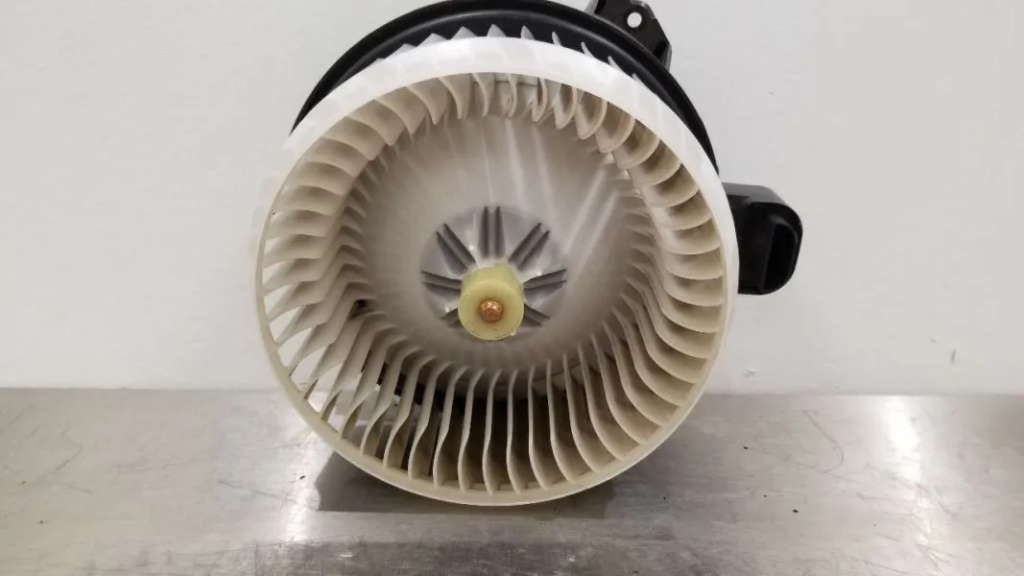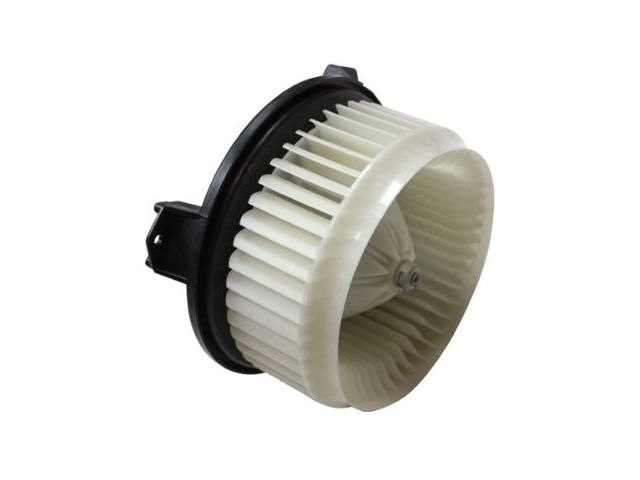The blower motor is a vital component in controlling the interior temperature of the car by driving air through the HVAC system. When it breaks down, the Tundra’s cabin could get uncomfortably hot or chilly, which would make driving unpleasant. So, how to fix Toyota Tundra blower motor not working?
For owners of vehicles, troubleshooting and correcting these issues can be a difficult undertaking. You need to be knowledgeable about the electrical and mechanical systems of cars.
We’ll now look at the typical reasons why a blower motor on a Toyota Tundra stops functioning. In particular, look for possible fixes for this problem as soon as possible.
How To Fix Tundra Blower Motor Not Working?

Follow these steps to effectively address this issue:
Inspect the Fuses and Relays
checking the fuses and relays in the car’s fuse box that are connected to the blower motor. To find out where these parts are located, consult your owner’s manual. Replace any damaged relays or blown fuses with the appropriate amperage-rated replacements. Don’t forget to check that the blower motor’s electrical supply is still operational.
Examine the Blower Motor Resistor
The fan speed is adjusted by the blower motor resistor. The resistor may be the problem if you discover that only specific speed settings function. Find the resistor, which is usually located close to the blower motor, and replace it if needed. In particular, you need to have the appropriate replacement item.
Test the Blower Motor
Disconnect the blower motor’s electrical connector and attach it to a power source directly. If the blower motor fails to run when voltage is applied, it is most likely faulty and should be replaced. Ensure that the replacement motor meets the specs of your Toyota Tundra.
Check the Blower Motor Relay
The blower motor relay regulates the electrical connection to the motor. A faulty relay can prevent power from reaching the motor. Test the relay with a multimeter or replace it (if necessary).
Inspect Wiring and Connectors
Look for apparent damage, corrosion, or loose connections in the wire and connectors leading to the blower motor. To ensure a safe and effective electrical connection, repair or replace damaged cables or connectors.
Examine the HVAC Control Panel
Sometimes the problem stems from a problem with the HVAC (Heating, Ventilation, and Air Conditioning) control panel. To ensure the control panel’s operation, test it. If it is discovered to be defective, it may be essential to replace it.
Remember to ensure you unplug the vehicle’s battery before engaging in any electrical work to ensure your safety.
Repairing a broken Toyota Tundra blower motor is a time-consuming task. If you are unsure about your ability, you should seek professional help.
Why Is Toyota Tundra Blower Motor Not Working?

Here’s a more in-depth look at the possible causes:
Blown Fuse
A blown fuse might cut power to the blower motor. A car’s fuse box is typically where you may find the blower motor fuse. A blown fuse needs to be replaced with one with the same amperage rating because it may have been caused by an electrical overload or a short circuit.
Blower Motor Resistor Failure
The blower motor resistor controls the fan speed. When it fails, you may discover that only few or none of the speed settings operate. The solution in this scenario is to replace the blower motor resistor.
Defective Blower Motor
The blower motor may have technical problems or wear out over time. It is probably a malfunctioning blower motor that has to be replaced if it is unresponsive to a direct power source.
Blower Motor Relay Problems
The blower motor relay controls the electrical connection to the blower motor. The power supply will be disrupted if the relay fails. A multimeter can be used to test it, and if it turns out to be defective, replacement is advised.
Wiring and Connector Issues
Examine the connections and wiring leading to the blower motor for any obvious rust, damage, or loose connections. It is necessary to replace or repair any broken parts in order to guarantee a safe electrical connection.
HVAC Control Panel Malfunctions
You can change the fan speed and temperature using the HVAC control panel. Its fault can have an impact on how the blower motor operates. This problem can be fixed by testing the control panel and, if necessary, replacing it.
Blower Motor Switch Failure
Over time, the blower motor control switch on the dashboard may become worn out or malfunction. To find out if the switch has to be replaced, test its continuity.
Complex Electrical Problems
More complicated electrical issues may interfere with the blower motor’s ability to operate. Often, you can find a qualified mechanic to diagnose and resolve these problems.
Blockage or Debris
Occasionally, foreign items, leaves, or other dirt inside the HVAC system may physically clog the blower motor. It is possible to restore correct functionality by clearing or cleaning these impediments.
Climate Control Module Issues
The blower motor may not perform properly due to a defective temperature control module. To fix this issue, it might be necessary to replace the module.
How To Tell If Blower Motor Resistor Or Blower Motor Is Bad?
You can follow these steps to determine whether blower motor resistor or the blower motor is reason:
Test Blower Motor Speed Settings
Turn on the blower fan on your car and try the low, medium, and high speeds. If the blower motor only runs at maximum speed and is inoperable at lower speeds, the blower motor resistor is most likely the cause.
Inspect for Burnt or Melted Wiring
Examine the wiring harness that connects the blower motor resistor. It is obvious that the resistor has failed if you see evidence of burned or melted wires at the resistor or its connector. One common result of resistor failure is burned wiring.
Check Blower Motor Operation
Unplug the electrical connector that powers the blower motor in order to examine the motor itself. Use a different power source, like a 12-volt battery, to supply electricity directly to the blower motor. It is possible that the blower motor itself is broken if it does not operate when power is applied directly.
Verify Voltage at the Blower Motor
When the blower fan is turned on, use a multimeter to measure the voltage at the blower motor connector while the blower motor and resistor are connected. The motor is probably the problem if there is voltage at the blower motor connector but the motor is not running. If there is no voltage at the connector, there may be an issue upstream, such as a malfunctioning blower motor resistor.
